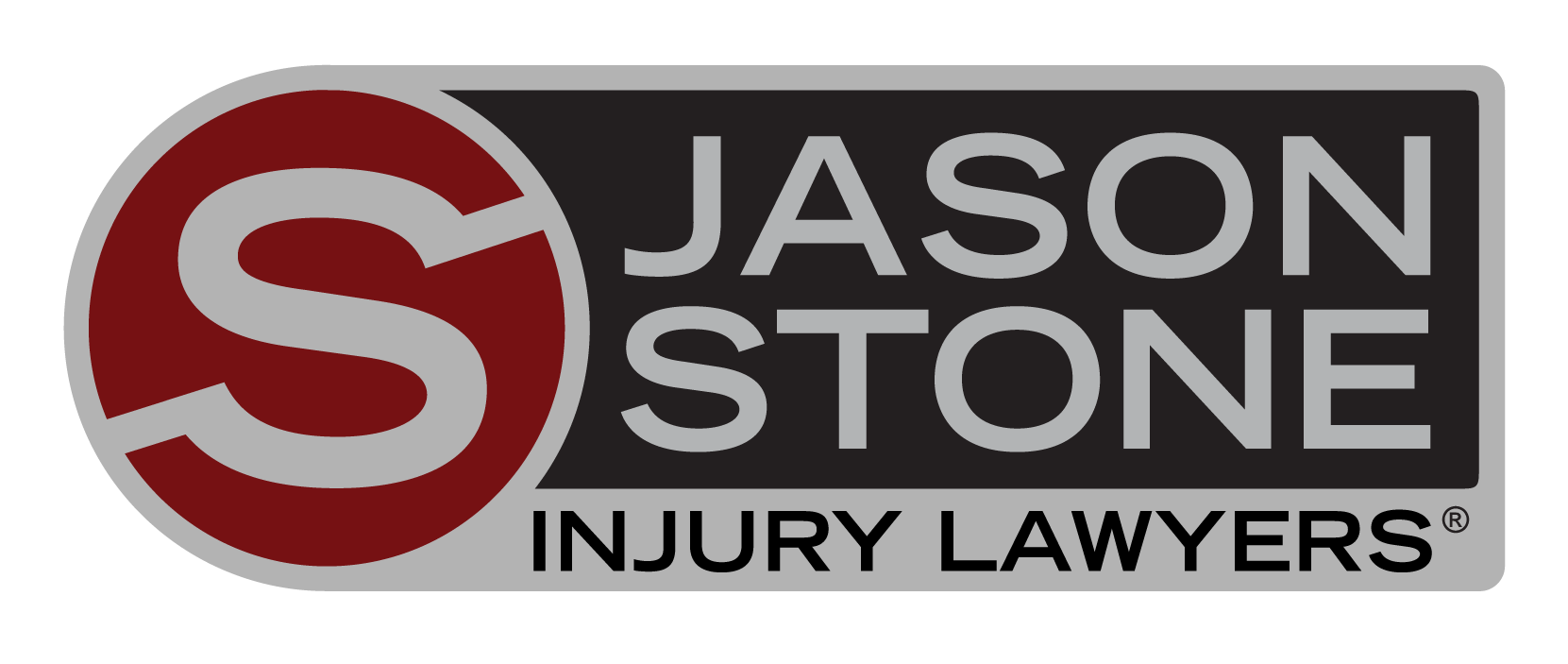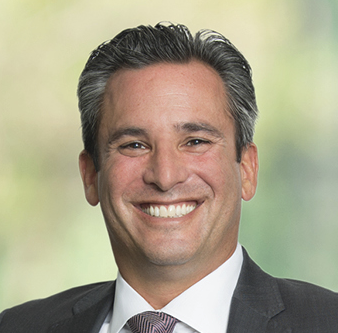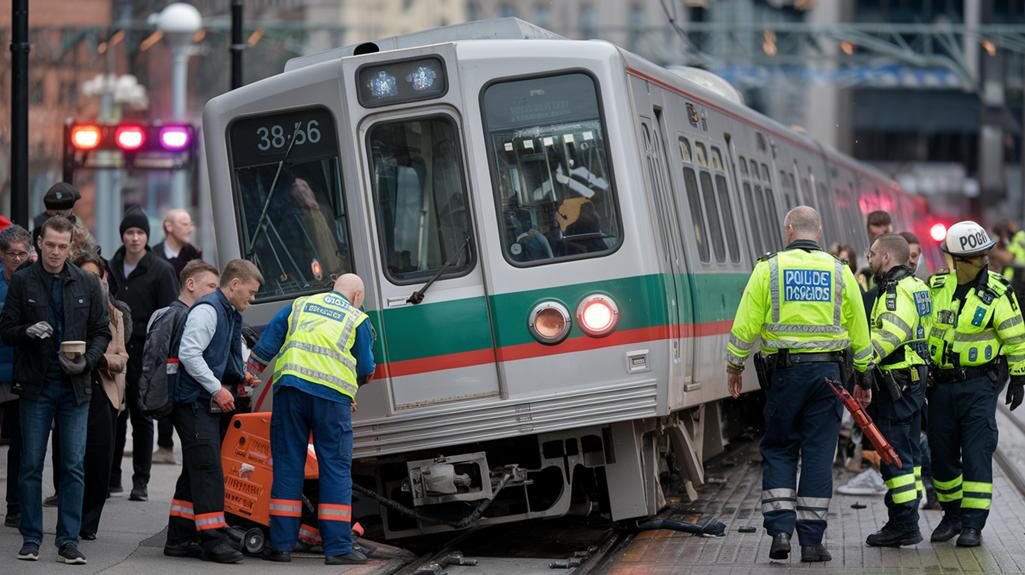If you’ve ever sat in a standoff with three or more other vehicles at a four-way stop, you might have wondered who has the right of way.
And if you’ve ever been in a fender-bender or more serious crash because another driver got it wrong, then you know that the answer can make the difference between being at fault and getting more compensation from the insurance company.
So, who has the right of way at a four-way stop (also called an ALL WAY stop) in Massachusetts?
The answer is simple: The first vehicle to arrive at the four-way stop has the right of way. In other words, the first vehicle that comes to a complete stop (failing to come to a complete stop is a ticketable offense), should be the first one to exit the intersection.
Things get a bit more complex when two vehicles arrive simultaneously at the four-way stop. If two drivers arrive simultaneously and are perpendicular to each other, the car on the right has the right of way.
When the two drivers who stop simultaneously are facing each other, and one driver is turning and the other is going straight, the driver going straight has the right of way. When one driver is turning right and the other is turning left, the driver turning right goes first.
If your vehicle was struck by a driver who didn’t follow the law, you have every right to hold them accountable for the damage they’ve caused.
The Dangers of Negligent Driving at Four-Way Stops
Roughly 72% of Boston car accidents happen at what the Department of Transportation calls unsignalized intersections, which means an intersection that has a STOP or YIELD sign but not a traffic light.
Of crashes at unsignalized intersections, the cause of the crash is usually attributed to a driver who failed to yield the right of way. That’s why it’s so important for drivers to come to a complete stop and be aware of which vehicle at the ALL WAY stop was first to arrive at the intersection.
Who Is at Fault for Crashes at a Four-Way Stop?
The driver who failed to yield the right of way is typically the one responsible for the crash, which means they should pay the costs for any injuries or property damage they cause. However, it’s not always easy for an injured motorist to prove the at-fault driver was, in fact, responsible for the accident.
If you’re involved in a crash at a four-way stop, and if you are able to do so, ask any available witnesses for their contact information so they can confirm the actions of the negligent driver.
Though a police officer should arrive at the scene of the crash to file a report once a call is made, they might receive conflicting accounts from the drivers involved, especially if no impartial witnesses are available. This can make it more difficult to prove who was at fault without the help of an experienced lawyer.
What to Consider if You Need Help Establishing the Fault of Another Driver
If your injury claim is contested by another driver or an insurance company, or even if you suspect it will be contested, contact a car accident lawyer for help with your claim. A good car accident attorney will have years of experience helping clients prove the fault of other drivers, and they’ll know how to best gather evidence that proves who was truly at fault.
The Boston car accident lawyers at Jason Stone Injury Lawyers are ready to take your call anytime. Contact us today to schedule a free, no-obligation case assessment.
Not Trusting What You’re Being Told?
Better Phone Stone
800-577-5188
 START MY NO OBLIGATION CONSULTATION
START MY NO OBLIGATION CONSULTATION









